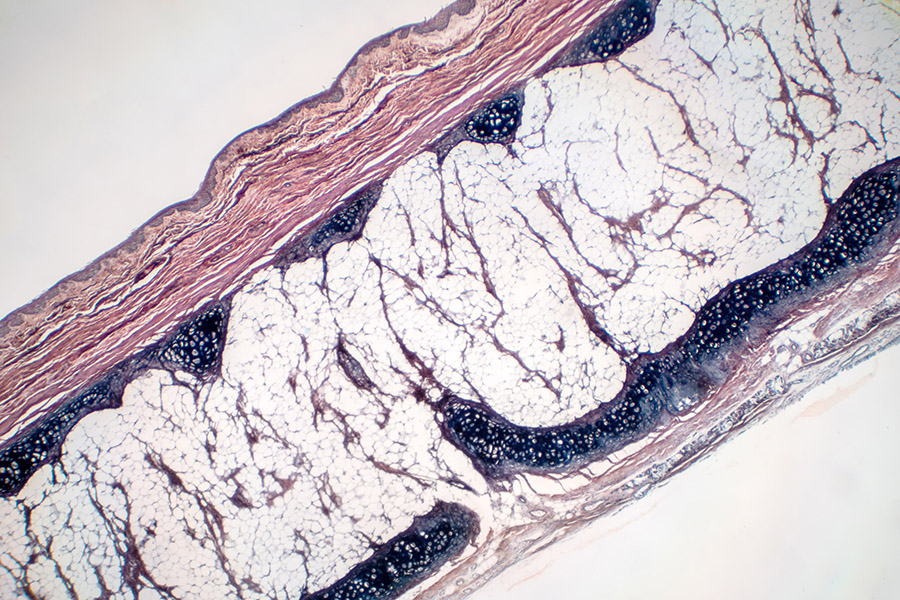

Hamstring Injuries
Injury to the hamstring is frequent in athletes and people who frequently sprint, jump, climb, or lunge. Most treatments for hamstring injuries are at-home and generally include rest, ice, compression, elevation, and gentle stretching, but can take between days and months to heal depending on the severity of the injury.
What is a Hamstring Injury?
The hamstring connects the largest thigh muscle to the bone, allowing the leg to flex and extend, heavily used when running, climbing, sprinting, lunging, jumping, or stretching too far. Hamstring injuries are either a tear or strain in the group of tendons and muscles in the back of the thigh, a common injury usually seen in athletes.
Hamstring Grades of Injury
A hamstring injury falls into one of three grades, each describing the severity of the injury:
- Grade One: a mild muscle pull or hamstring strain
- Grade Two: A partial muscle tear
- Grade Three: A complete muscle tear
Hamstring Injury Symptoms & Causes
Injury to the hamstring can occur due to a variety of circumstances and causes, the most common being from overstretching, but also from:
- A direct blow to the thigh
- Inadequate warm-up
- Inadequate pre-conditioning program
- A previous hamstring injury
- Muscle fatigue from overtraining
Symptoms of a hamstring injury depend on the grade and are organized as such:
- Grade One, Hamstring Strain: sudden, radiating pain in the back of the thigh with leg movement difficult.
- Grade Two, Partial Tear: more painful than grade one with swelling, bruising, and loss of strength in the affected leg.
- Grade Three, Severe Tear: pain is worse than the previous grade with tenderness, swelling, and bruising in the affected leg. A popping sensation is often reported at the moment of injury.
Other symptoms include:
- Muscle spasms in the affected area
- Muscle stiffness
- A bump or knot in the thigh area
Diagnosing Injuries to the Hamstring
Hamstring injuries are usually diagnosed based on the symptoms, though a healthcare provider may also assess the tenderness and examine swelling and bruising around the hamstring. To help confirm the diagnosis, an MRI may be ordered to see the extent and severity of the injury. During the exam, healthcare providers may ask:
- Where the pain is located
- When the injury occurred
- What was the patient doing at the moment of injury
- If any medications are being taken
Treating a hamstring injury usually only needs home remedies, depending on the severity, but can sometimes require physical therapy. After the strain or injury is evaluated, the doctor will make recommendations, including:
- R.I.C.E.: rest, ice, compression, and elevation
- Stopping activity till soreness is gone
- Icing the area for 24 to 48 hours following the injury
- Using a compression wrap or elastic thigh sleeve
- Gentle range of motion exercises to maintain flexibility
- Over-the-counter painkillers, creams, and gels
- Physical therapy strength and flexibility exercises (these would be taught by a physical therapist)
- Surgery, though rare, can be needed if the hamstring is pulled away from the bone.
To help prevent a hamstring injury from occurring, adopt and integrate the following tactics:
- Jogging instead of running
- Performing easy calisthenics
- Warming up the body for at least 10 minutes before exercise
- Maintain a good strength and conditioning program
- Stretching and flexing exercises for 3 to 5 minutes before and after an athletic event



























